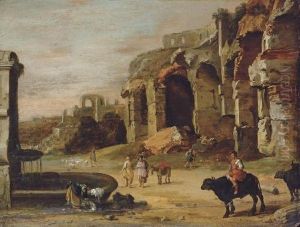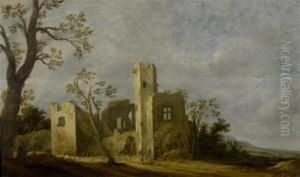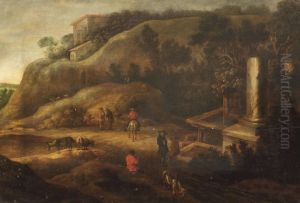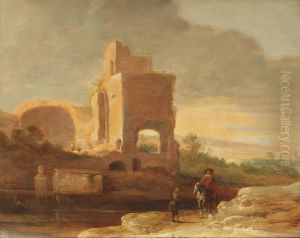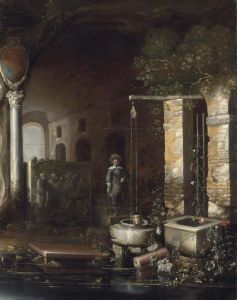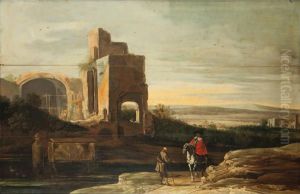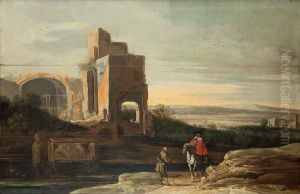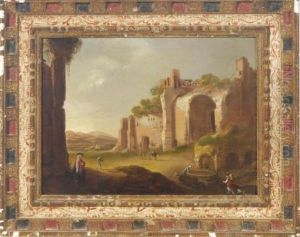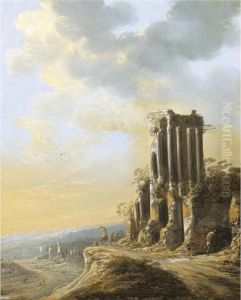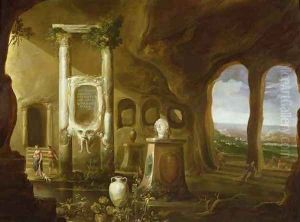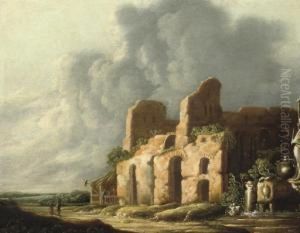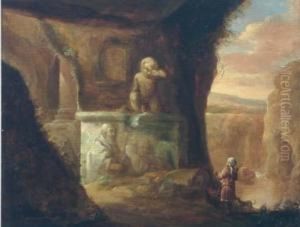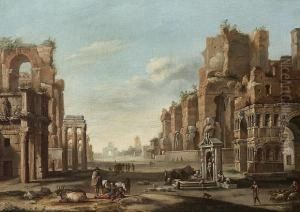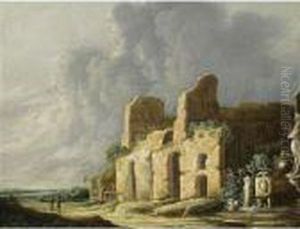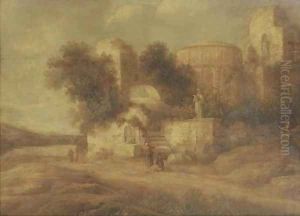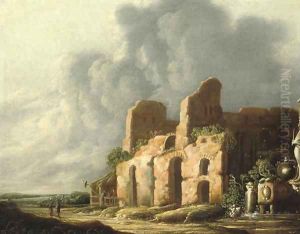Charles-Cornelisz de Hooch Paintings
Pieter de Hooch, born in Rotterdam in 1629, was a pivotal figure in Dutch Golden Age painting, renowned for his skillful handling of light and perspective. While often mistakenly referred to as Charles-Cornelisz de Hooch, his correct name is Pieter de Hooch. He moved to Delft in the early 1650s, where his work began to flourish, becoming a contemporary of Johannes Vermeer, another master of light and interior scenes. De Hooch's paintings primarily depict domestic and courtyard scenes, showcasing everyday life with a remarkable clarity and attention to detail. De Hooch's work is characterized by its serene and thoughtful representation of interior spaces and the interaction of people within them. His meticulous attention to the effects of light and shadow, along with the careful composition of his scenes, set him apart from his contemporaries. Unlike Vermeer, whose work focused more on the upper-middle-class interiors, de Hooch included a wider social spectrum in his paintings, from the modest to the more affluent. After his productive period in Delft, de Hooch moved to Amsterdam around 1660, where his style evolved to include more elaborate and refined settings, reflecting the city's wealth and cultural significance. His later work, however, did not achieve the same critical acclaim as his earlier paintings. De Hooch's contribution to the genre of domestic interiors was significant, influencing not only his contemporaries but also future generations of artists. Despite his importance, De Hooch's life remains less documented than that of some of his contemporaries, leading to a sense of mystery surrounding his biography. Pieter de Hooch died in an asylum in Amsterdam in 1684, his work having profoundly impacted the development of realistic genre painting in the Netherlands.
